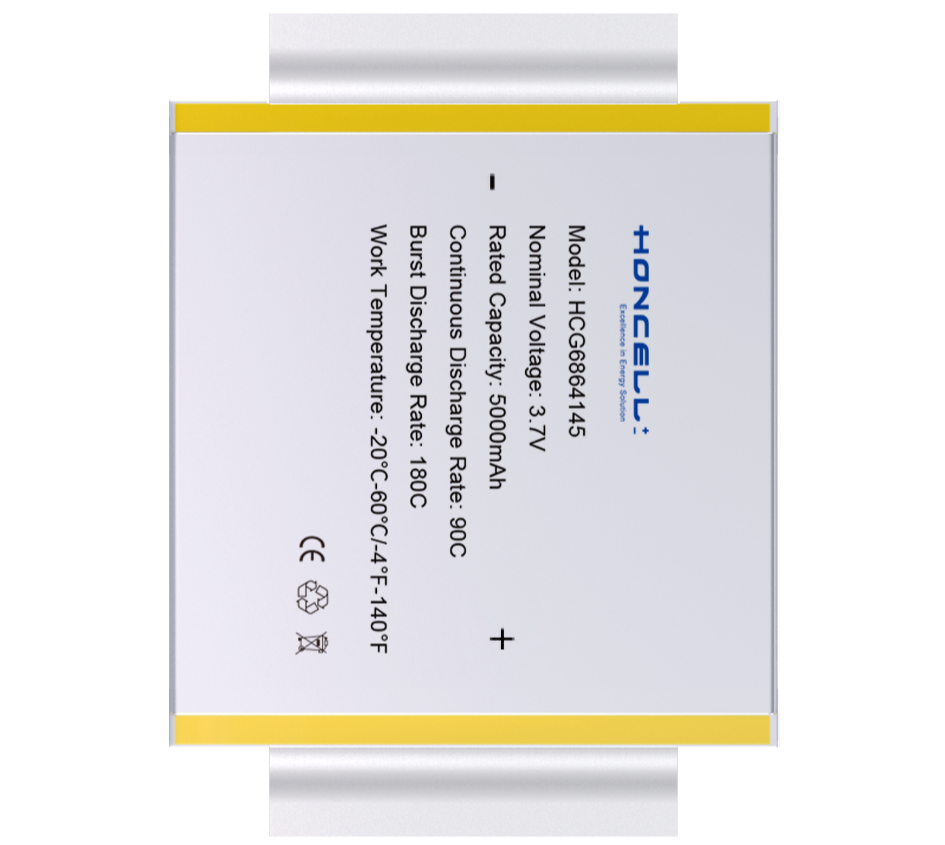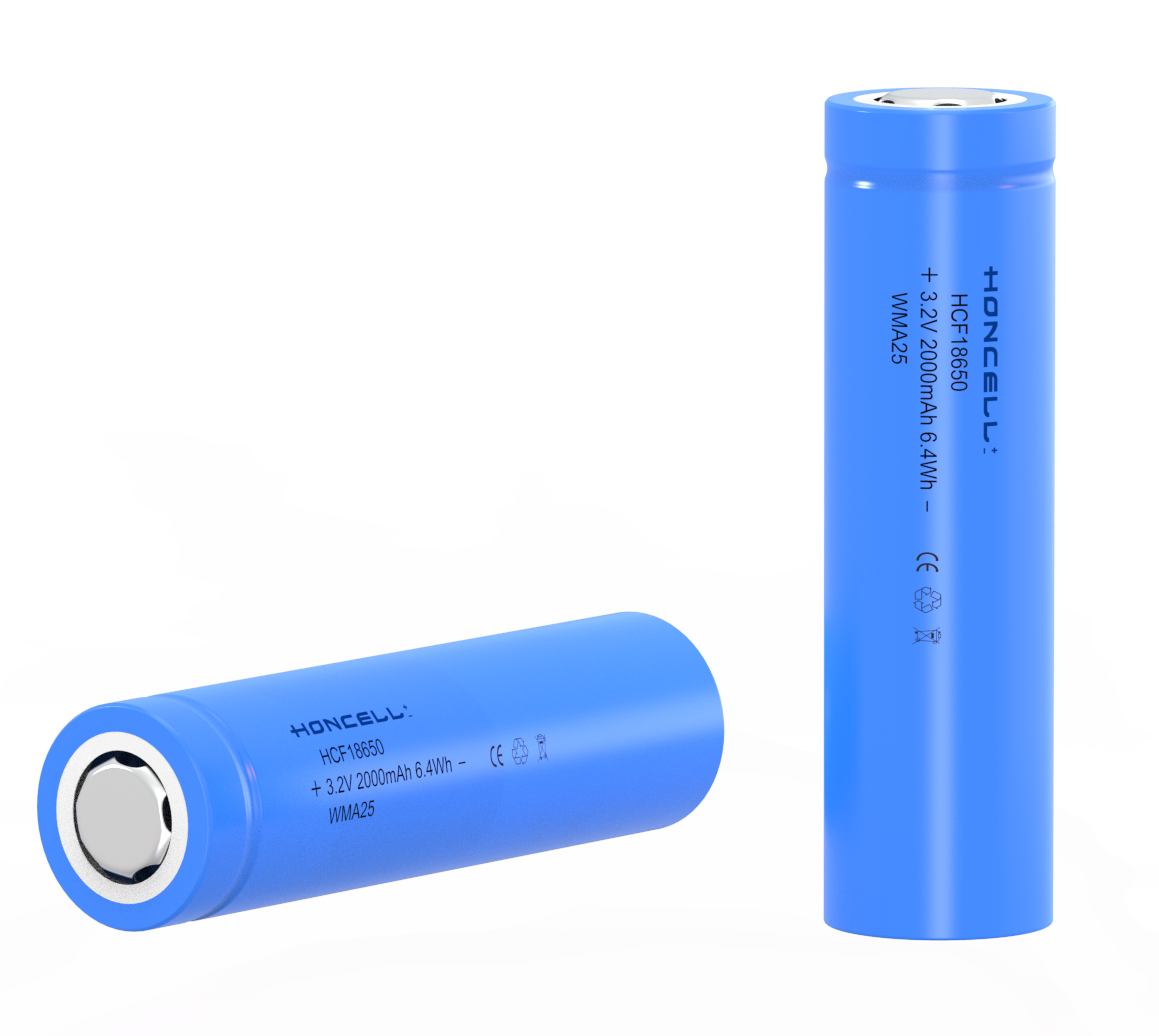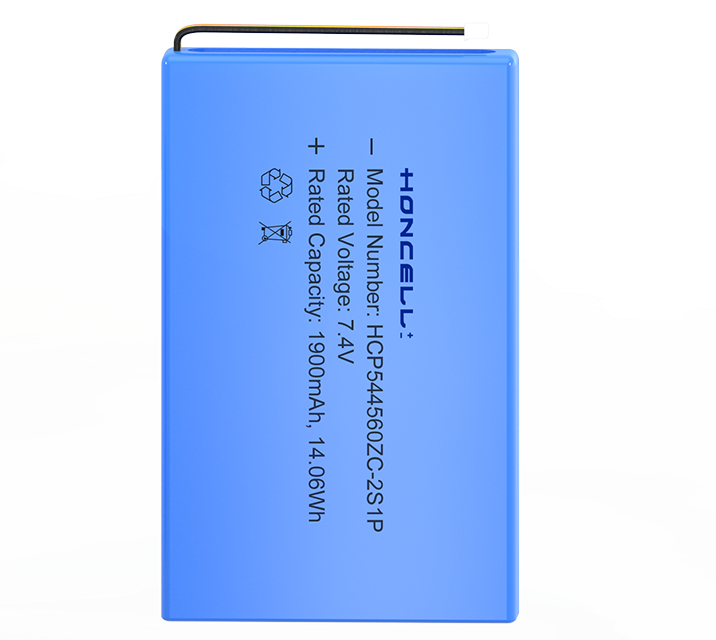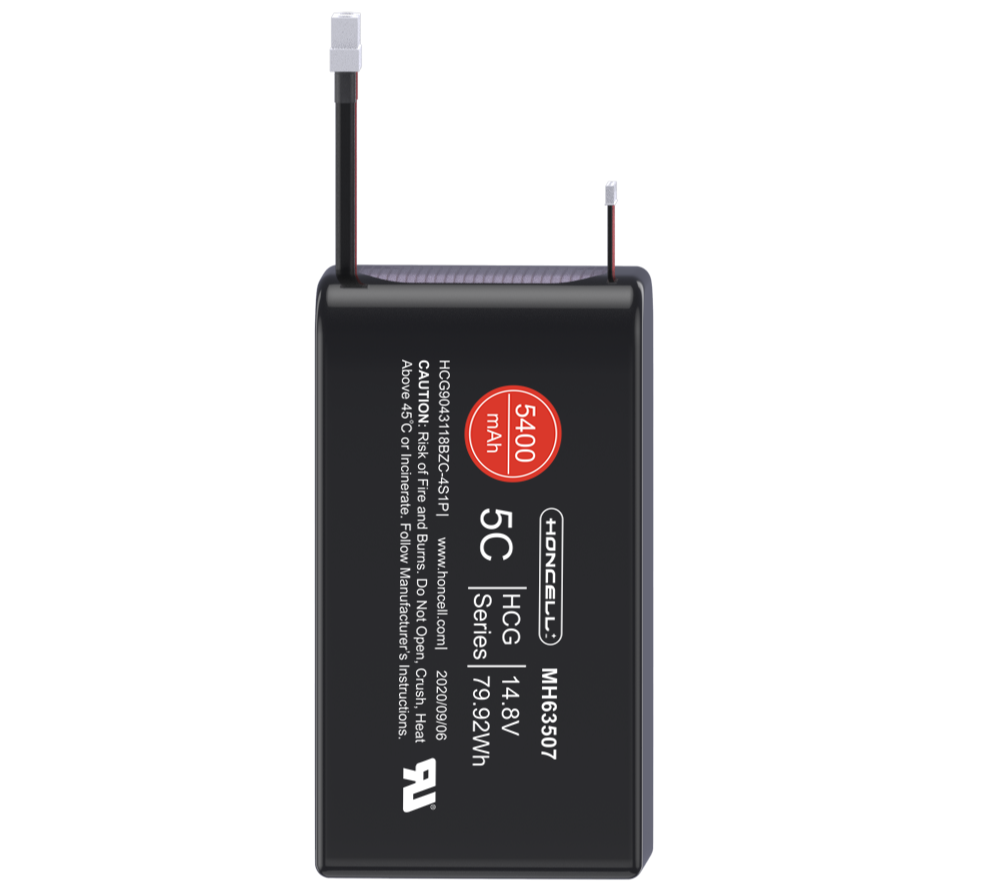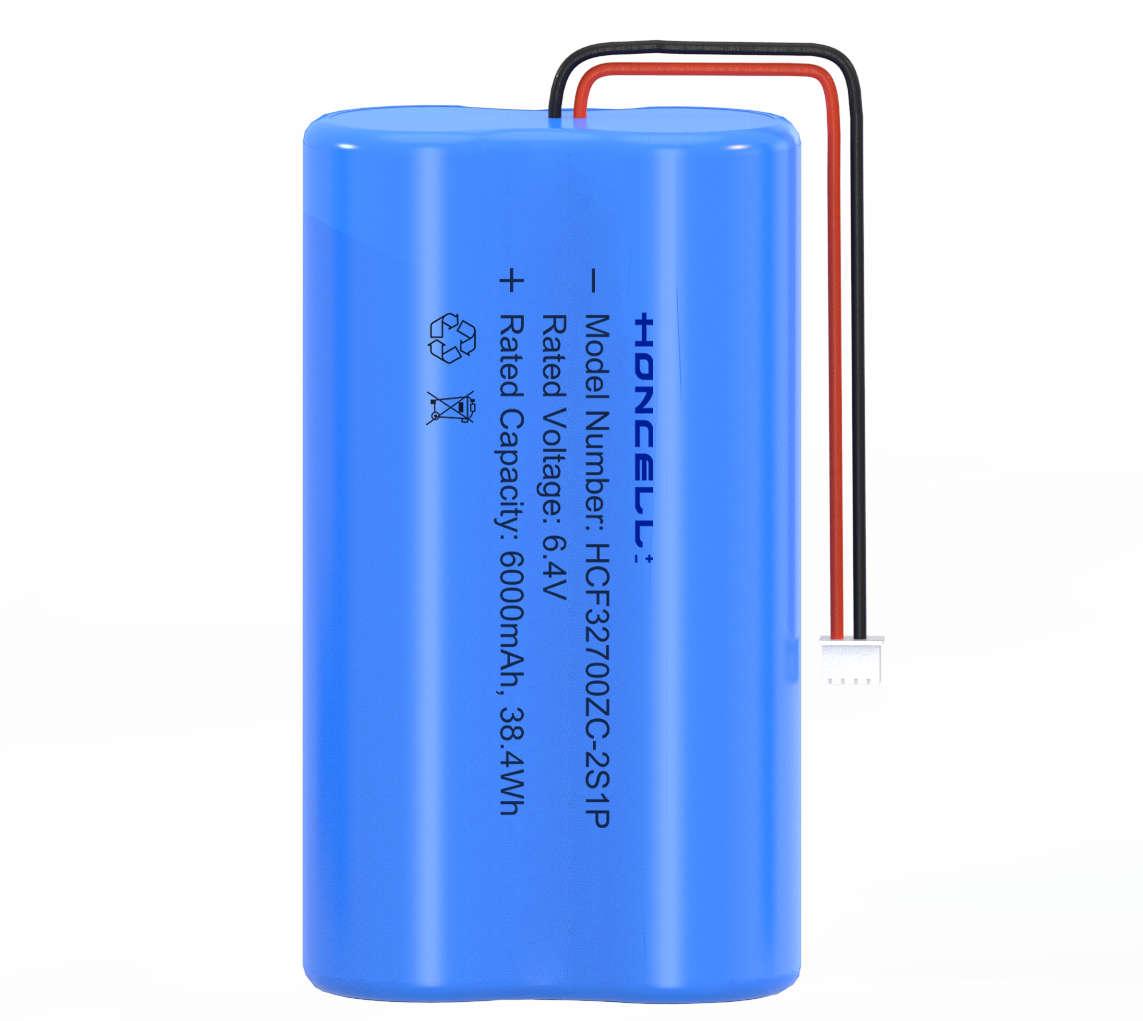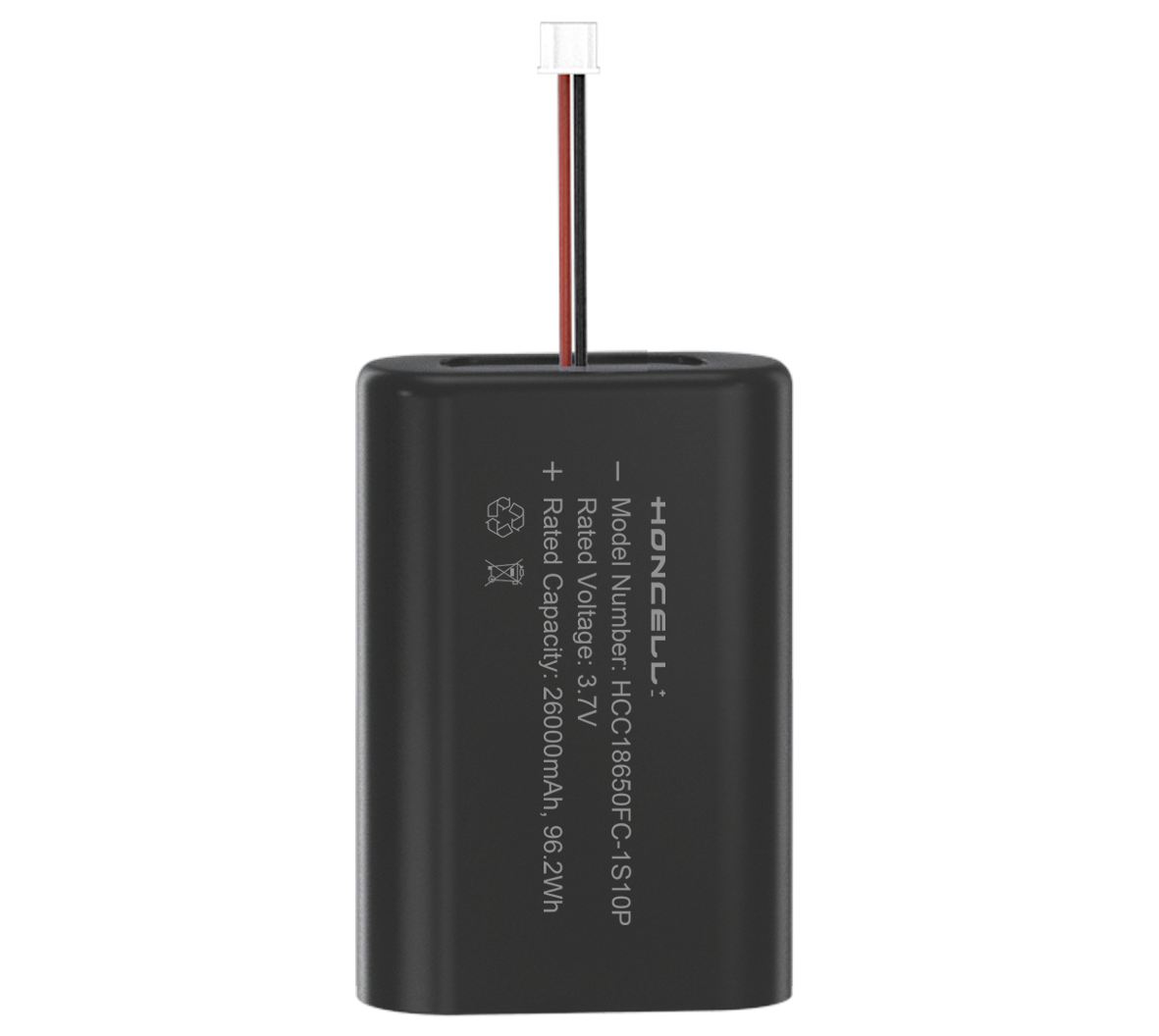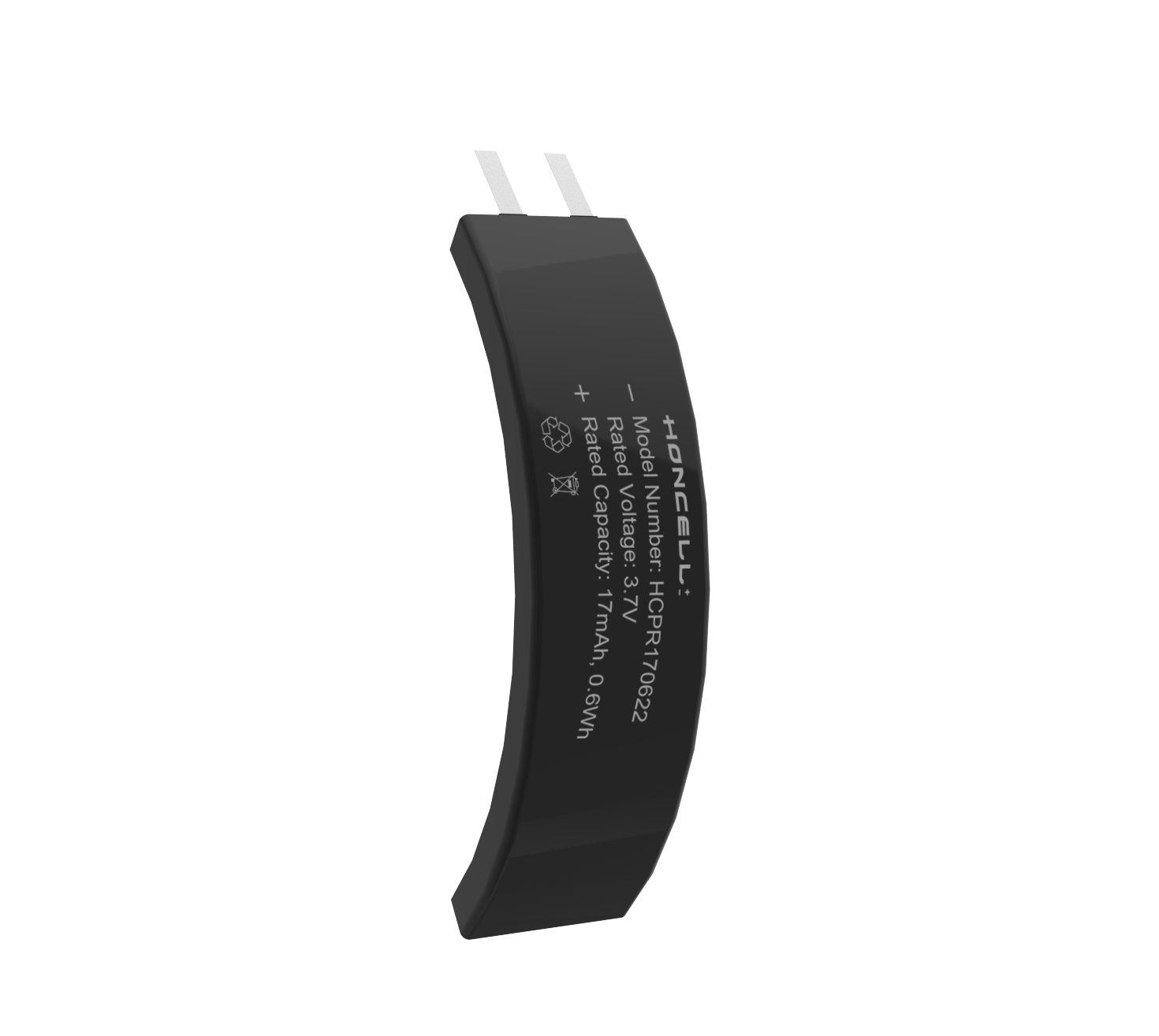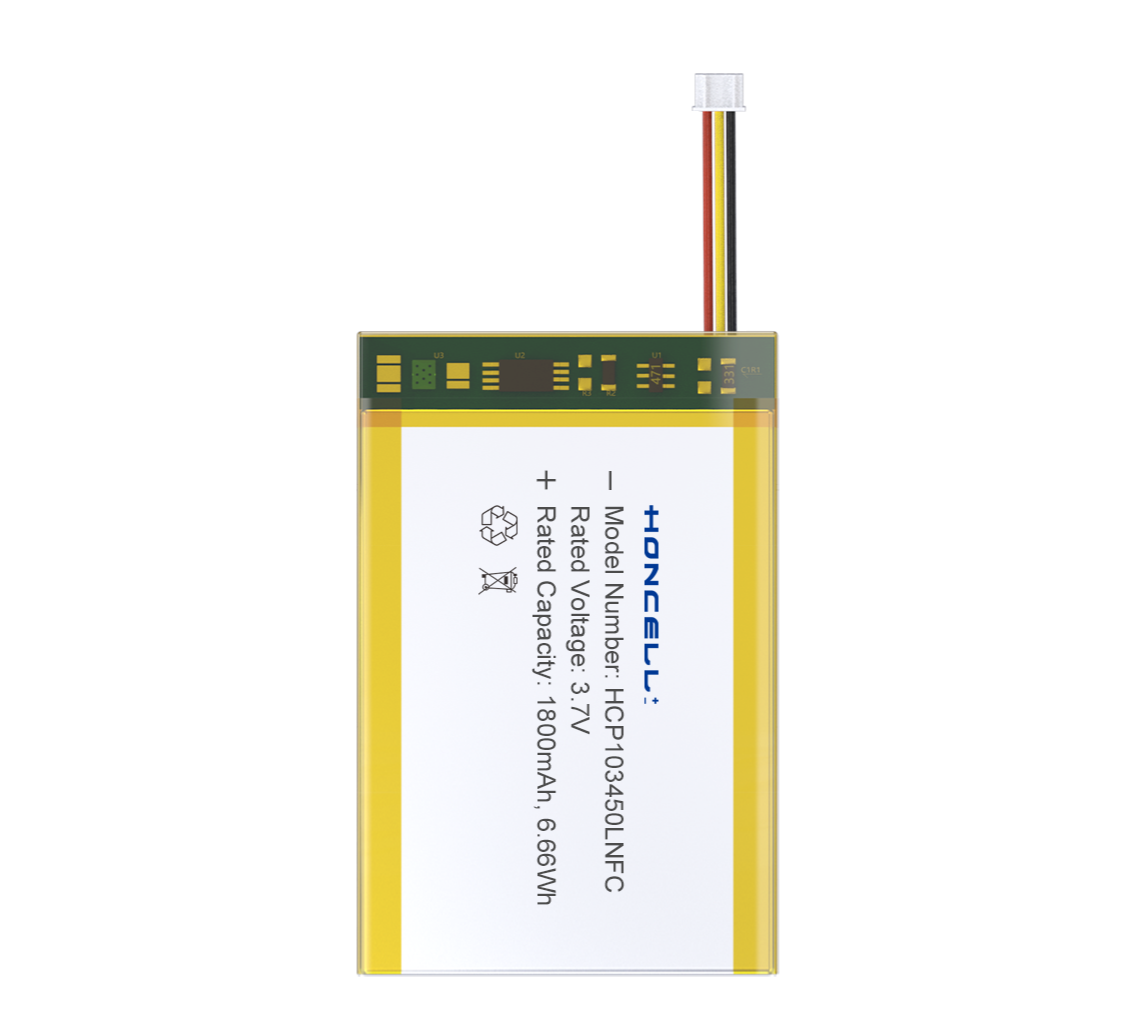The Ultimate Guide to Li Polymer Battery Packs: Choosing the Right Power Solution
In an era where portable power defines technological progress, Li polymer battery packs have become the cornerstone of modern energy storage. As a leading rechargeable li ion battery supplier, Honcell brings you an in-depth exploration of this game-changing technology, revealing why 72% of OEMs now prefer these flexible power solutions over conventional alternatives.
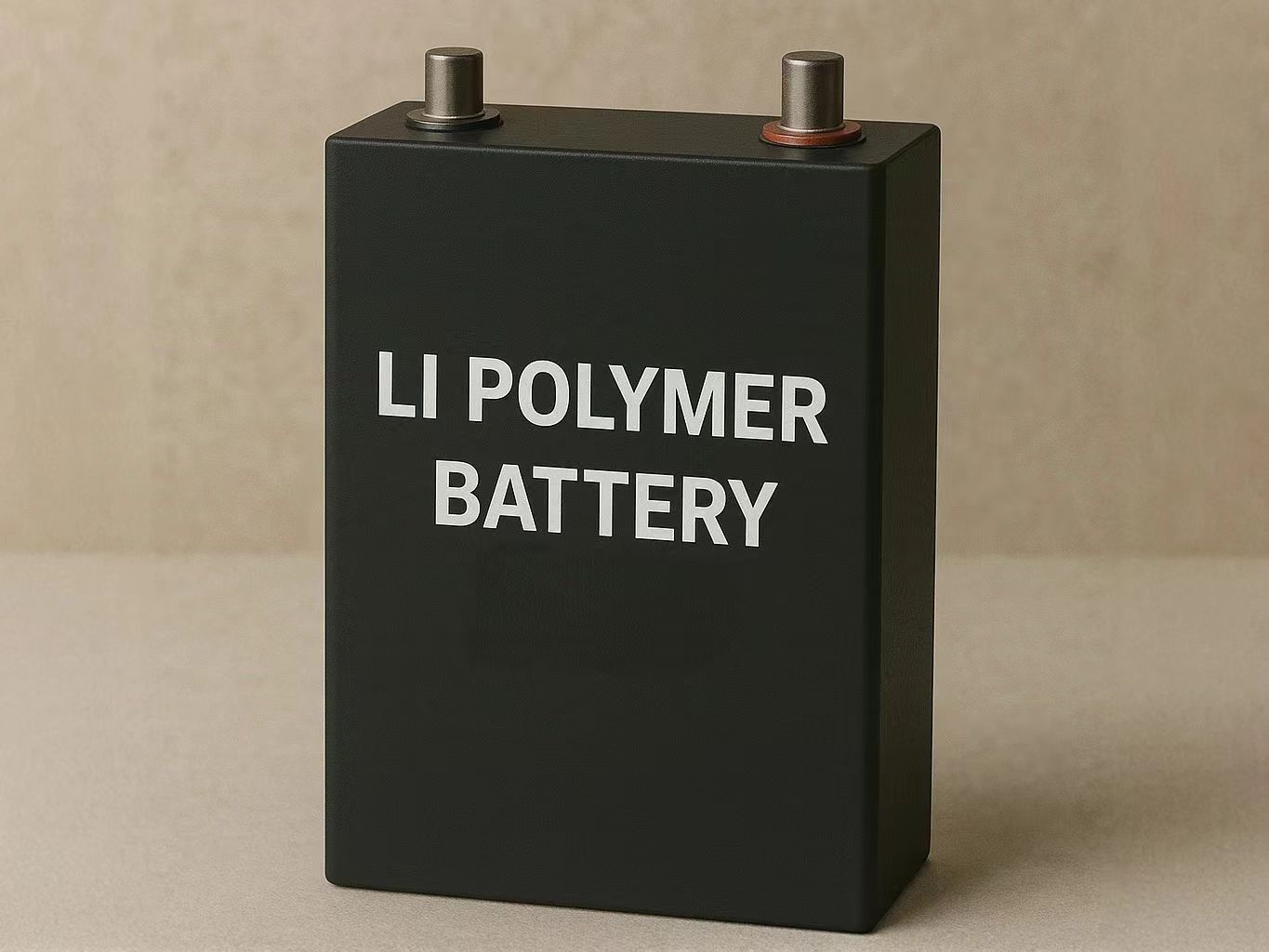
What Makes Li Polymer Battery Packs Unique?
Li polymer batteries (LiPo) revolutionized energy storage through:
Adaptable Form Factors: Ultra-thin designs (as slim as 0.4mm) enable integration into curved/wearable devices
Energy Density Advantage: 15-20% higher capacity compared to cylindrical li ion cell types
Enhanced Safety: Stable solid/gel polymer electrolytes minimize leakage risks
Our HCG Li Polymer Battery Pack series exemplifies these traits, offering customizable shapes without compromising on 4.35V high-voltage performance.
Critical Applications Driving Market Growth
A. High-Performance Scenarios
Medical devices requiring 10C+ discharge rates
Drone batteries demanding >100A continuous output
Instant-start automotive systems
B. Space-Constrained Innovations
IoT sensors needing coin-cell profiles
Foldable electronics requiring bendable power sources
Case Study: A smartwatch manufacturer increased runtime by 40% after switching to our 603048 LiPo packs (3.7V 280mAh).Understanding Critical Performance Factors for Li Polymer Battery Packs
Selecting the right Li polymer battery pack requires a deep understanding of performance characteristics, especially when your application demands high discharge LiPo cells. Here’s how to evaluate key technical aspects without relying on complex data tables:
1. Cycle Life: Aligning Durability with Use Cases
The lifespan of a LiPo battery depends heavily on how it’s used:
Basic Applications: Suitable for low-power devices where occasional cycling is sufficient.
Moderate Demands: Ideal for equipment requiring regular but controlled energy output.
High-Intensity Scenarios: Designed for high discharge LiPo cells in applications like drones or industrial tools, where frequent deep cycling is unavoidable.
Always prioritize suppliers who clarify testing conditions, as real-world performance can differ significantly from lab benchmarks.
2. Discharge Capability: Power When You Need It Most
Discharge rates determine how effectively a battery meets sudden power demands:
Standard Output: Adequate for everyday electronics with steady energy needs.
Elevated Performance: Necessary for tools or systems requiring bursts of energy.
Extreme Power Delivery: Critical for high discharge LiPo cells used in racing drones, emergency systems, or high-performance robotics.
Mismatched discharge rates can lead to inefficiencies or device failures, so align specifications with your project’s peak power requirements.
3. Operating Conditions: Thriving in Challenging Environments
LiPo batteries must perform reliably across temperature extremes:
Controlled Settings: Suitable for indoor or mild-climate applications.
Rugged Environments: Built to withstand harsh outdoor or industrial conditions.
Specialized Use: Engineered for extreme temperatures, such as aerospace or Arctic operations.
For high discharge LiPo cells, thermal management is non-negotiable. Seek packs with advanced heat dispersion features, like layered separators or reinforced terminals.
4. Safety and Reliability: Protecting Your Investment
High discharge applications amplify risks, making these safeguards essential:
Intelligent Protection Circuits: Prevent overloading, short circuits, and voltage drops.
Innovative Materials: Emerging technologies, like self-healing electrolytes, enhance long-term durability.
Certifications: Ensure compliance with international safety standards for peace of mind.
LiPo vs Other Lithium Technologies
Li Polymer vs Li-Ion:
Weight: LiPo offers 10-15% weight reduction
Form Freedom: No rigid metal casing constraints
Cost: 8-12% higher than 18650 cells but enables compact device architecture
LiPo vs LifePO4:
Energy density: 160-200Wh/kg (LiPo) vs 90-120Wh/kg (LiFePO4)
Cycle life: 1,200 vs 2,000 cycles
6-Step Selection Formula for Buyers
Capacity Needs: Match mAh to runtime requirements (not peak draw)
Discharge Profile: Continuous vs pulse current demands
Environmental Factors: IP ratings for moisture/dust exposure
Certifications: UL2054, IEC62133, UN38.3 compliance
Supplier Capabilities:
In-house R&D for custom lithium battery solutions
100% cycle/testing facilities
Minimum 50,000pcs/month production capacity
6. Thermal Management: Verify heat dissipation designs for high discharge Lipo cells
Honcell’s engineering team uses proprietary 3D modeling to optimize these parameters across 20+ HCG series configurations.
Emerging Innovations
Solid-State LiPo: 400Wh/kg prototypes under testing
Fast-Charge Tech: 0-80% in 12 minutes without dendrite formation
Self-Healing Polymers: Microcapsule-based electrolyte repair
Powering the Future Responsibly
As devices evolve from rigid to organic forms, Li polymer battery packs stand poised to enable the next generation of portable tech. Whether you require standard 3.7V packs or high discharge Lipo cells for extreme applications, partner with suppliers offering:
ISO-certified lithium battery solutions
10+ years of scalable manufacturing expertise
Prototyping-to-mass-production continuity
Explore Honcell's Li Polymer Battery Packs or consult our engineers for application-specific power designs.
Related News
-

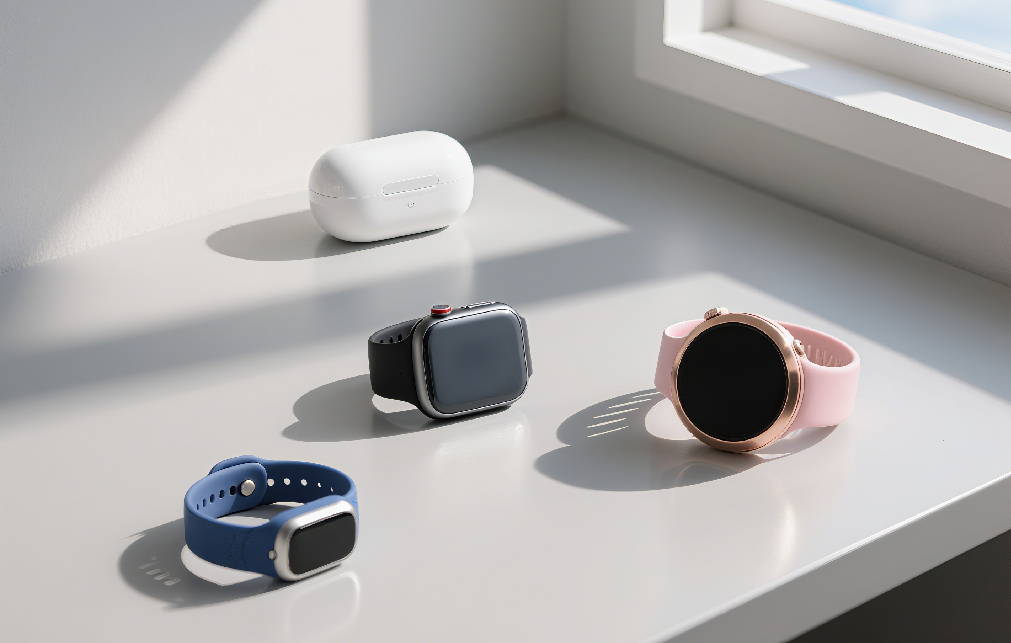 Aug. 2025Why Are Lithium Polymer Batteries the Go-To Choice for Portable Devices?Learn More
Aug. 2025Why Are Lithium Polymer Batteries the Go-To Choice for Portable Devices?Learn More -

 Jun. 2025Revolutionizing Drone Logistics in Cold Climates with Next-Gen BatteriesLearn More
Jun. 2025Revolutionizing Drone Logistics in Cold Climates with Next-Gen BatteriesLearn More -

 Jun. 2025The Future of Smart Glass Batteries: Trends and Innovations for 2025Learn More
Jun. 2025The Future of Smart Glass Batteries: Trends and Innovations for 2025Learn More -

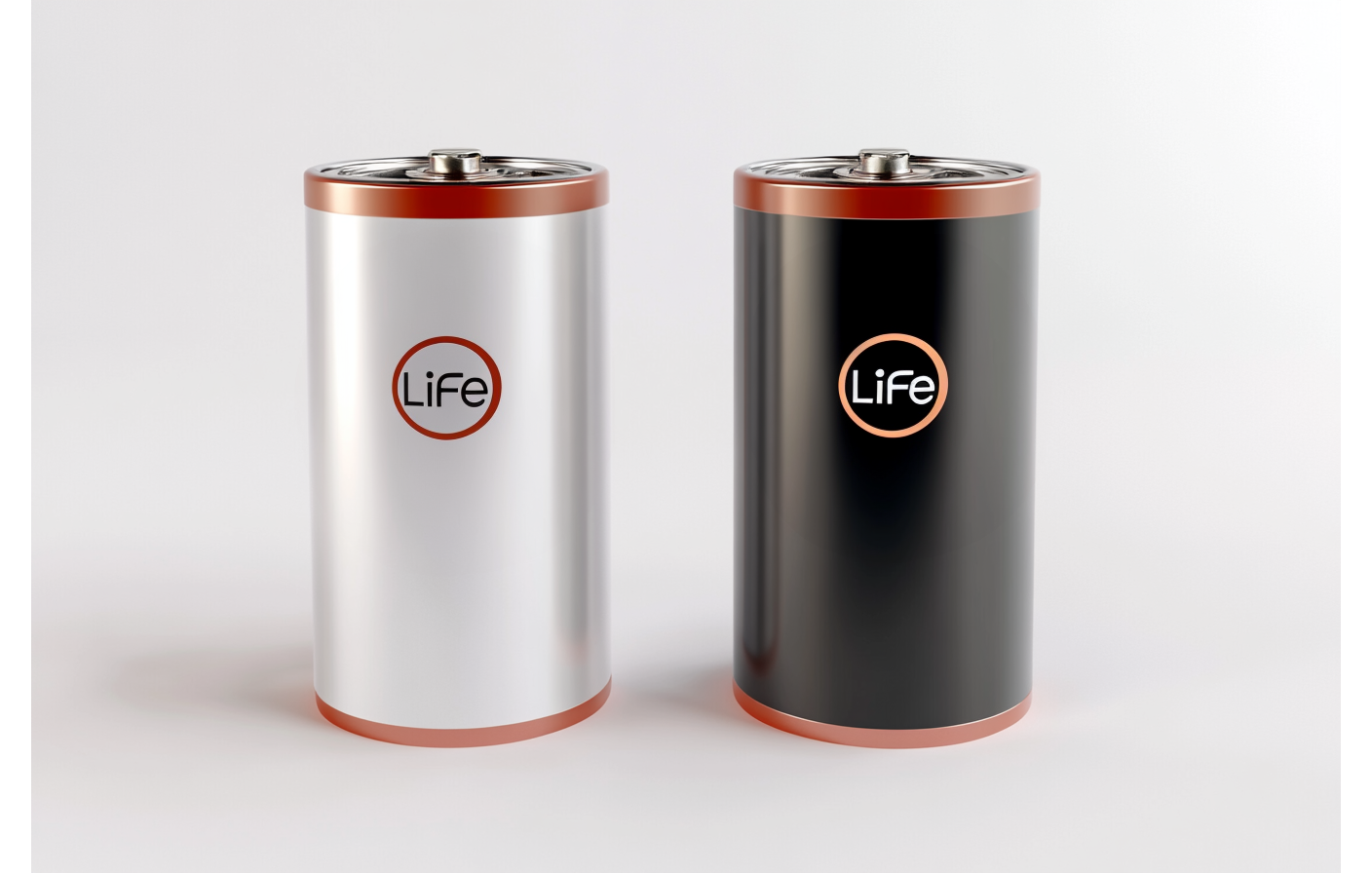 Apr. 2025Top 6 Reasons Why LiFePO4 Lithium Batteries Are Revolutionizing Energy StorageLearn More
Apr. 2025Top 6 Reasons Why LiFePO4 Lithium Batteries Are Revolutionizing Energy StorageLearn More -

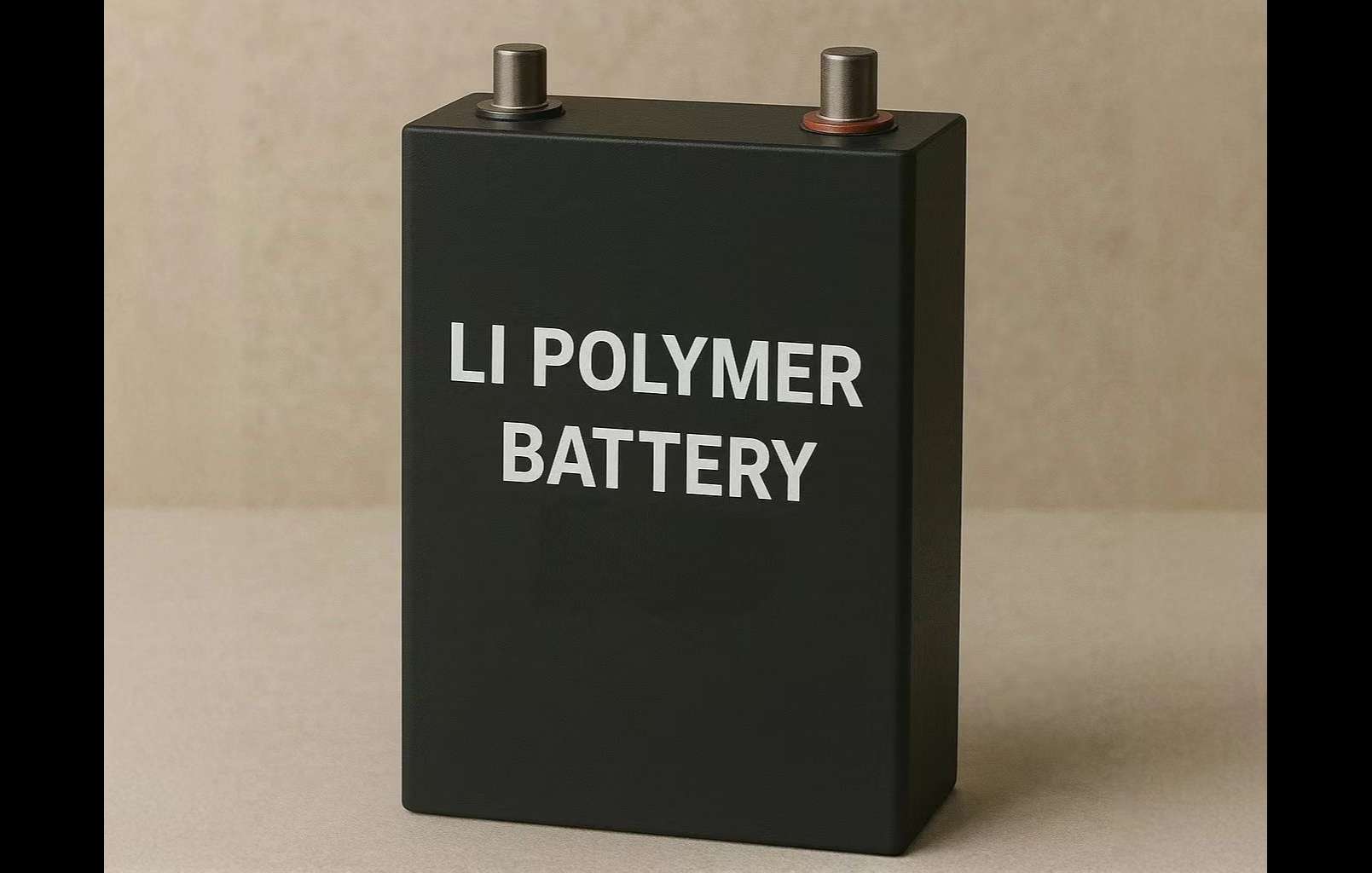 Apr. 2025The Ultimate Guide to Li Polymer Battery Packs: Choosing the Right Power SolutionLearn More
Apr. 2025The Ultimate Guide to Li Polymer Battery Packs: Choosing the Right Power SolutionLearn More -

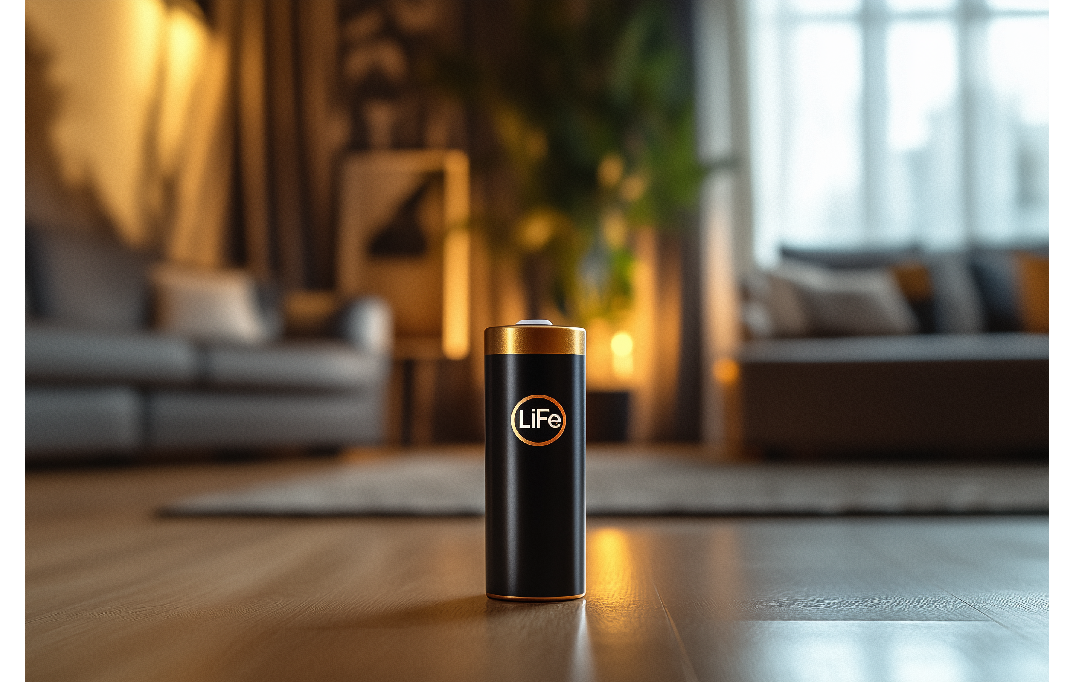 Apr. 2025Why Cylindrical LiFePO4 Cells Are Revolutionizing Energy Storage SolutionsLearn More
Apr. 2025Why Cylindrical LiFePO4 Cells Are Revolutionizing Energy Storage SolutionsLearn More -

 Mar. 2025Understanding LiFePO4 Prismatic Cells: A Comprehensive GuideLearn More
Mar. 2025Understanding LiFePO4 Prismatic Cells: A Comprehensive GuideLearn More -

 Mar. 2025Lithium Iron Phosphate (LiFePO4) vs Lithium-Ion Battery: A Comprehensive ComparisonLearn More
Mar. 2025Lithium Iron Phosphate (LiFePO4) vs Lithium-Ion Battery: A Comprehensive ComparisonLearn More -

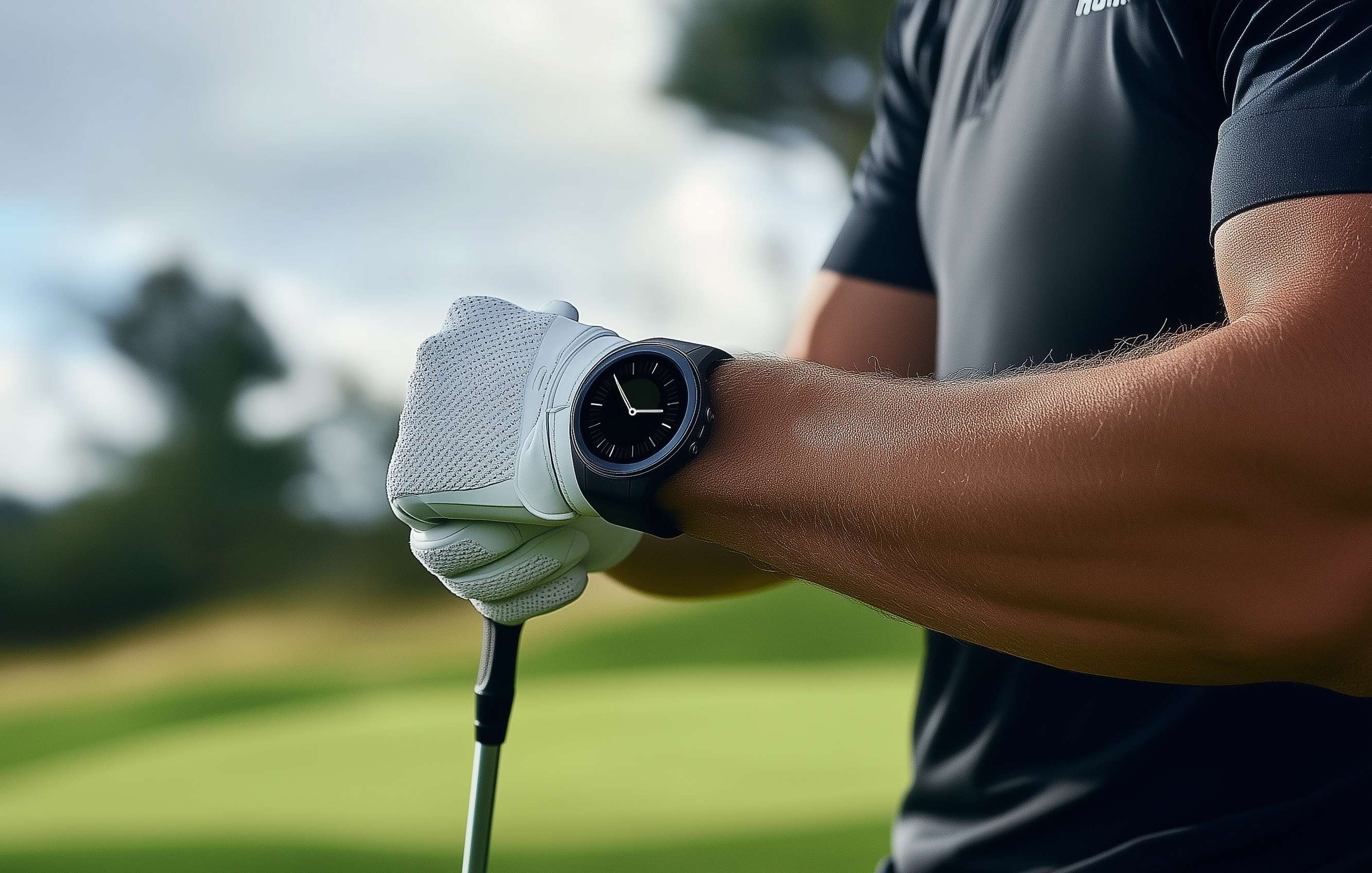 Jan. 2025All You Need To Know About Smart Watch BatteriesLearn More
Jan. 2025All You Need To Know About Smart Watch BatteriesLearn More -

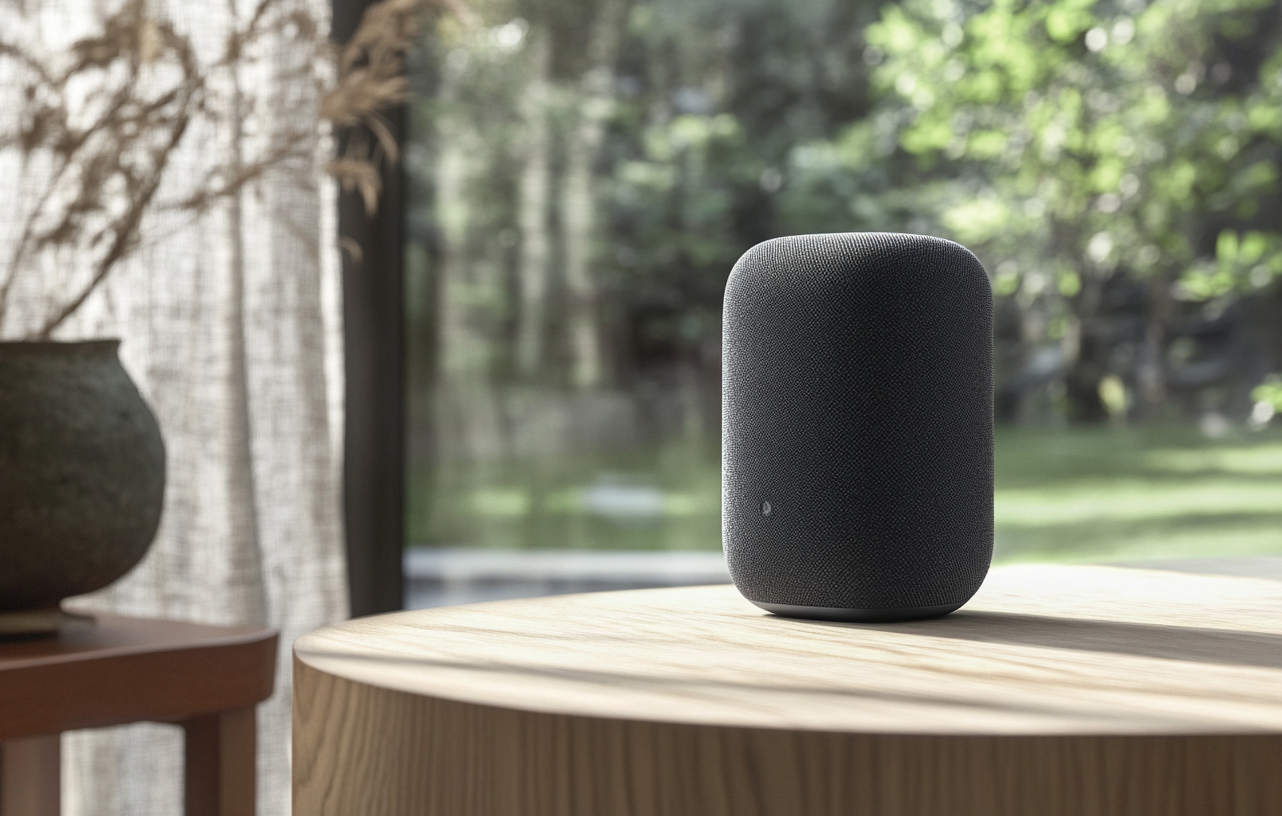 Dec. 2024The Ultimate Guide to Choose the Best Rechargeable Battery for Bluetooth SpeakersLearn More
Dec. 2024The Ultimate Guide to Choose the Best Rechargeable Battery for Bluetooth SpeakersLearn More -

 Nov. 2024How Drone Manufacturers Choose Lithium BatteriesLearn More
Nov. 2024How Drone Manufacturers Choose Lithium BatteriesLearn More -

 Nov. 2024How medical device vendors choose lithium medical batteriesLearn More
Nov. 2024How medical device vendors choose lithium medical batteriesLearn More -

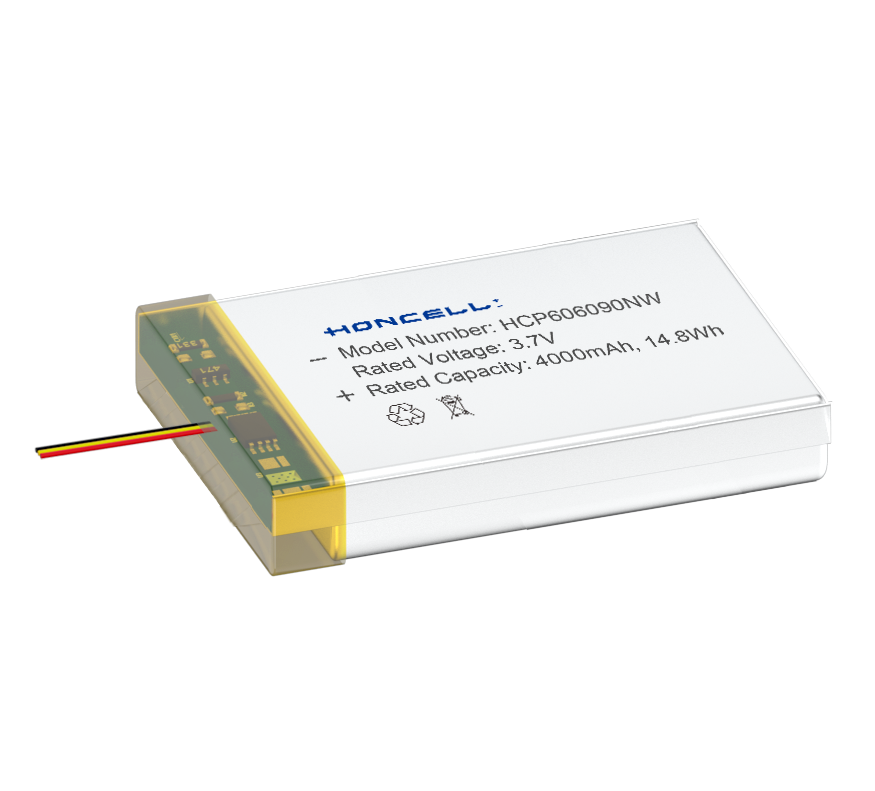 Sep. 2024Why global enterprises should choose Chinese lithium battery manufacturersLearn More
Sep. 2024Why global enterprises should choose Chinese lithium battery manufacturersLearn More -

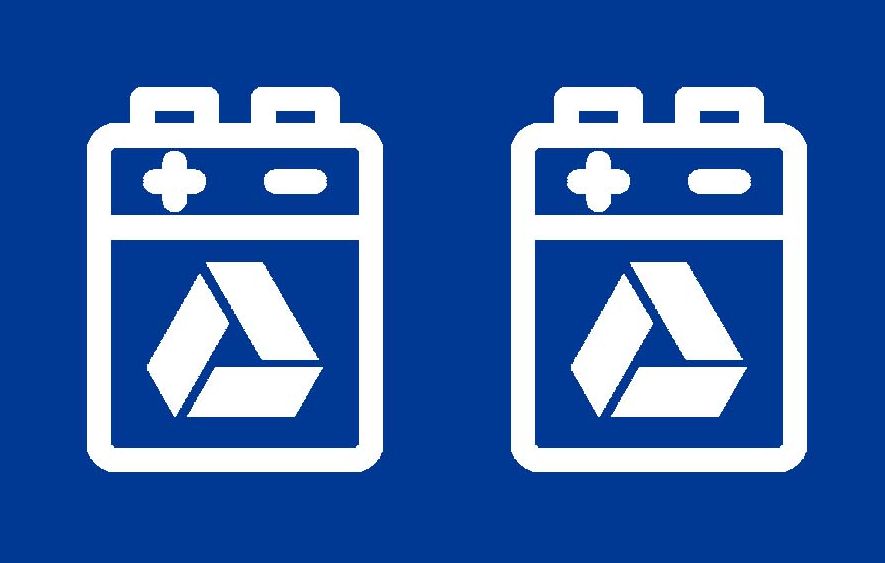 May. 2024How to choose lithium battery customized manufacturersLearn More
May. 2024How to choose lithium battery customized manufacturersLearn More -

 Mar. 2024How to wake up a dormant lithium battery and bring it back to performanceLearn More
Mar. 2024How to wake up a dormant lithium battery and bring it back to performanceLearn More -

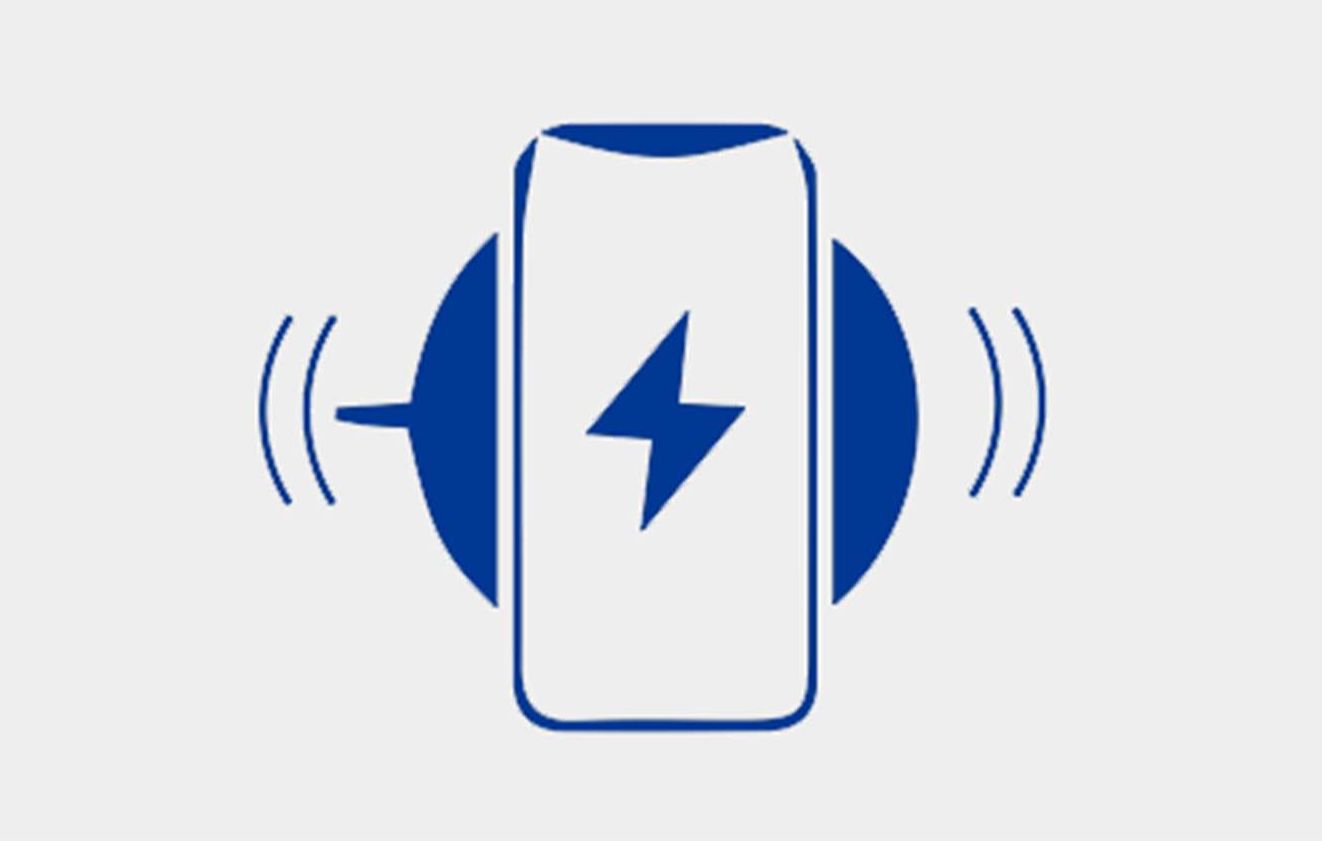 Mar. 2024What should be considered when charging lithium batteriesLearn More
Mar. 2024What should be considered when charging lithium batteriesLearn More



